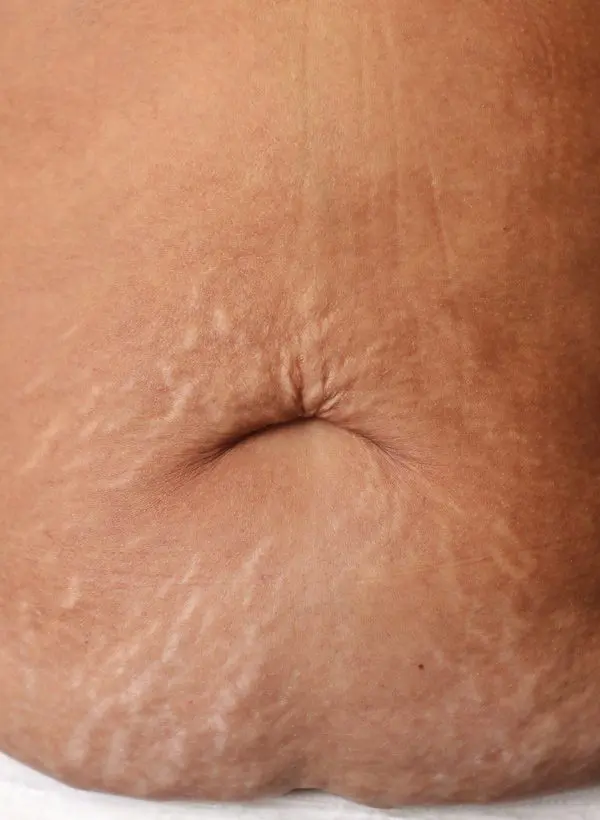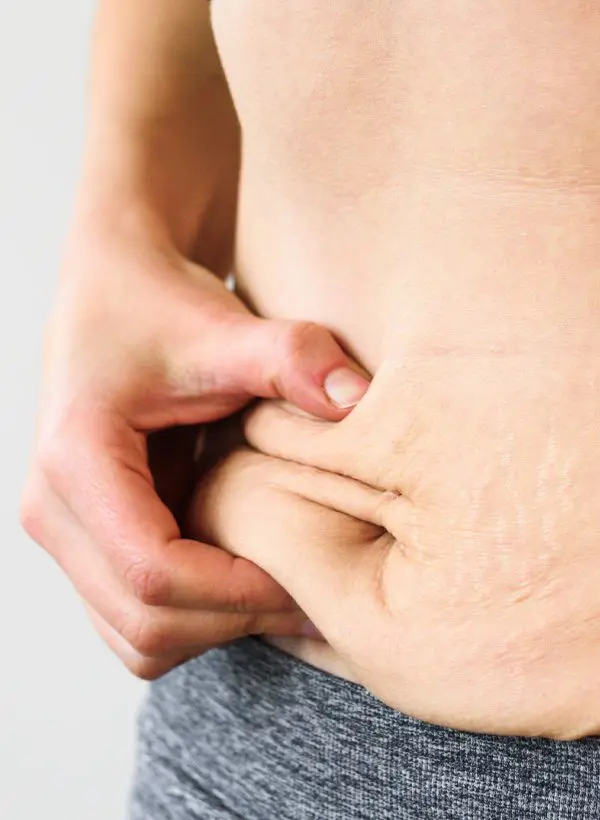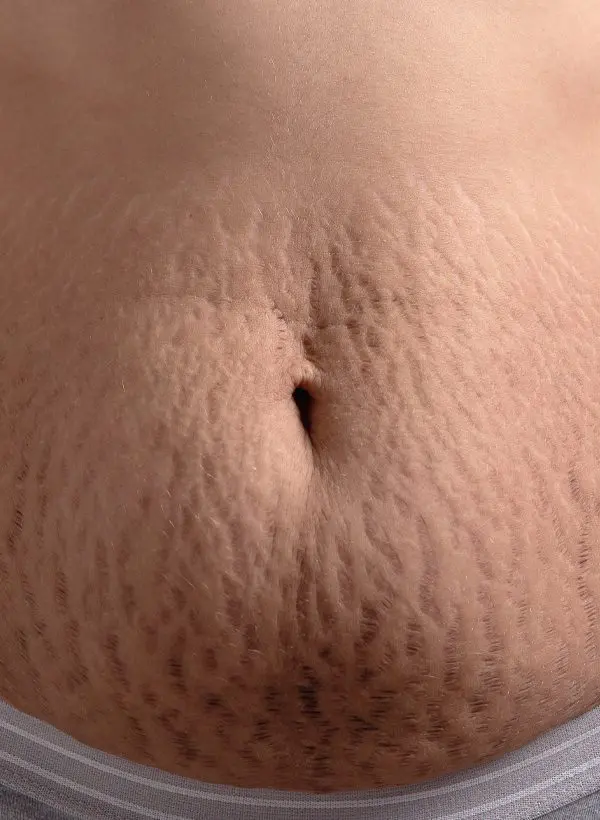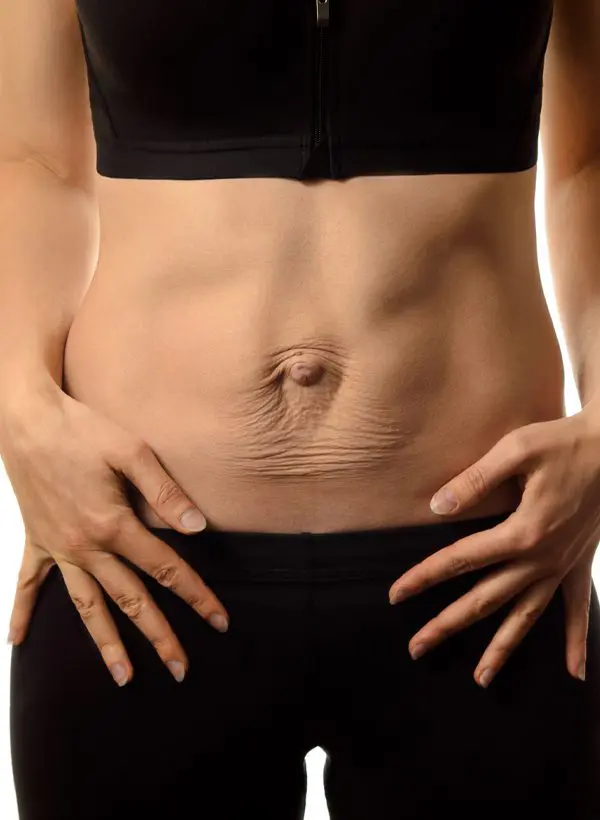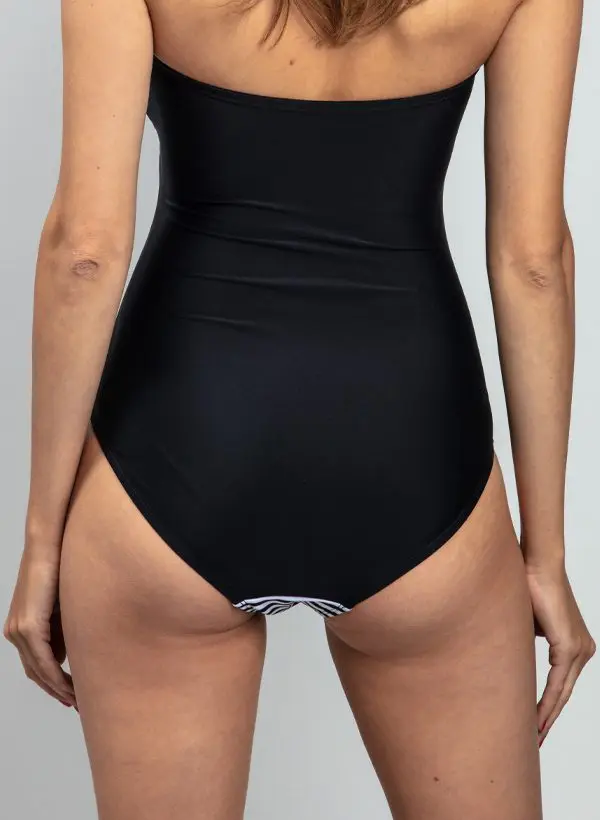Conditions — Body
Excessive Sweating
Excessive sweating, or hyperhidrosis, is a medical condition in which a person sweats more than is necessary for normal thermoregulation. This condition can have a significant impact on a person’s quality of life, as it can cause embarrassment and frustration. It can also lead to secondary problems, such as skin infections, increased body odour, and staining of clothes. The cause of excessive sweating is not fully understood. It is believed to be the result of an overactive sympathetic nervous system, as well as a combination of genetics and environmental factors. It can also occur as a side effect of certain medications, or due to an underlying medical condition such as diabetes or an overactive thyroid.
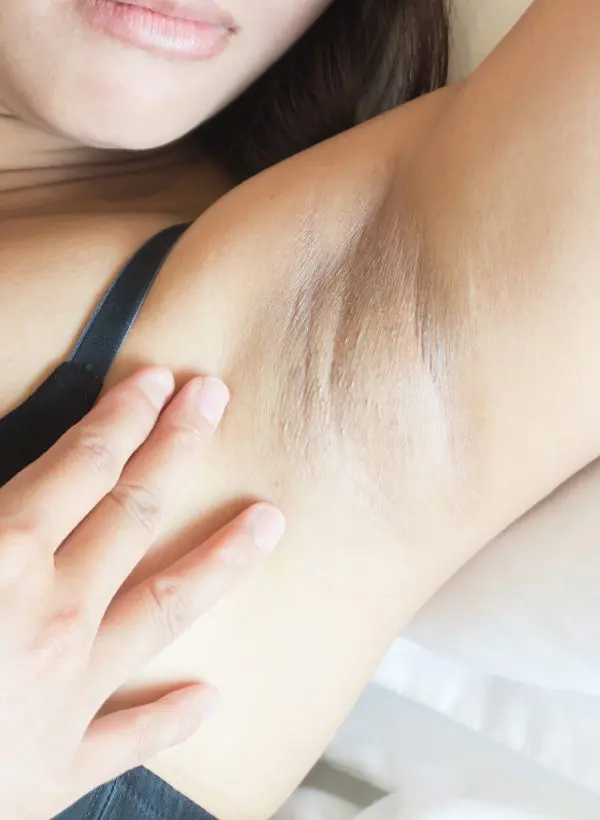
Excessive sweating can be treated with both medical and non-medical treatments, depending on the severity and cause. Common medical treatments include antiperspirants, oral medications, anti-wrinkle injections, and iontophoresis. Non-medical treatments include lifestyle modifications such as avoiding certain foods or wearing loose-fitting clothing.
Regardless of the cause, excessive sweating can have a significant impact on a person’s quality of life. It is important for those affected by this condition to seek professional help in order to find the best treatment option for their individual situation. With the right treatment, it is possible to reduce or eliminate symptoms of excessive sweating and improve quality of life.
Plastic Surgery and Excessive Sweating
Excessive sweating, or hyperhidrosis, is a medical condition in which a person sweats more than is necessary for normal thermoregulation. This condition can have a significant impact on a person’s quality of life, as it can cause embarrassment and frustration. It can also lead to secondary problems, such as skin infections, increased body odour, and staining of clothes.
The cause of excessive sweating is not fully understood. It is believed to be the result of an overactive sympathetic nervous system, as well as a combination of genetics and environmental factors. It can also occur as a side effect of certain medications, or due to an underlying medical condition such as diabetes or an overactive thyroid.
Excessive sweating can be treated with both medical and non-medical treatments, depending on the severity and cause. Common medical treatments include antiperspirants, oral medications, anti wrinkle injections, and iontophoresis. Non-medical treatments include lifestyle modifications such as avoiding certain foods or wearing loose-fitting clothing.
For those with severe cases of excessive sweating, plastic surgery may be an option. The most common type of plastic surgery for excessive sweating is endoscopic thoracic sympathectomy (ETS). During ETS, a surgeon makes small incisions in the chest wall and uses a tiny camera to view the sympathetic nerve endings. The surgeon then cuts or clips the nerve endings to reduce or eliminate sweating.
This procedure is considered to be a safe and effective way to reduce or eliminate excessive sweating. However, there are potential risks associated with ETS, including temporary numbness in the hands, arms, and/or chest, as well as the potential for excessive sweating to return in the future.
For those considering plastic surgery to combat excessive sweating, it is important to speak with a qualified plastic surgeon to discuss the risks and benefits, as well as other treatment options available. There is no one-size-fits-all solution for this condition, and it is important to find the treatment option that is best suited to the individual.
In conclusion, excessive sweating can be a frustrating and embarrassing condition. It is important for those affected by this condition to seek professional help in order to find the best treatment option for their individual situation. With the right treatment, it is possible to reduce or eliminate symptoms of excessive sweating and improve quality of life. For those with severe cases, plastic surgery may bean option. However, it is important to discuss the risks and benefits of this procedure with a qualified cosmetic surgeon in Dubai before proceeding.
Patient Testimonials
News & Resources
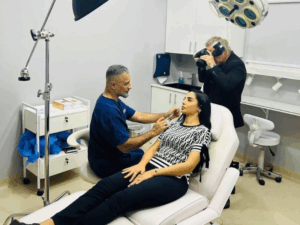
Top treatments at Dr Faisal Salim’s anti aging skin clinic
Anti Aging skin clinic Top Treatments at Dr Faisal Salim’s Anti Aging Skin Clinic As we journey through life, our skin, the body’s largest organ, gracefully (or sometimes not so gracefully) reflects the passage of time. Skin aging is often marked by the appearance of fine lines, wrinkles, volume loss,
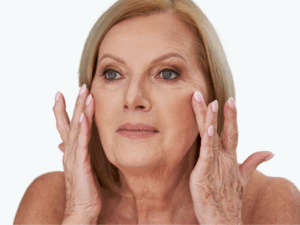
Wrinkles on face? Signs you may need a facelift
BREAST LIFT Wrinkles on face? Signs you may need a facelift Looking older than you feel? Your face might be trying to tell you something. Fine lines, deep creases, sagging skin—these are all types of wrinkles on face, and while they’re a natural part of aging, they don’t always match
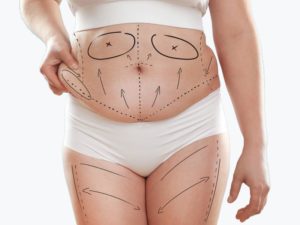
Abdominoplasty vs Tummy Tuck: Is There Any Difference?
Abdominoplasty Abdominoplasty vs Tummy Tuck: Is There Any Difference? Tummy Tuck or Abdominoplasty – Same Goal, Two Names. Let’s Break It Down! If you’ve been exploring ways to achieve a flatter, firmer abdomen—especially after weight loss, pregnancy, or simply due to aging—you’ve likely come across the differences between Abdominoplasty vs

